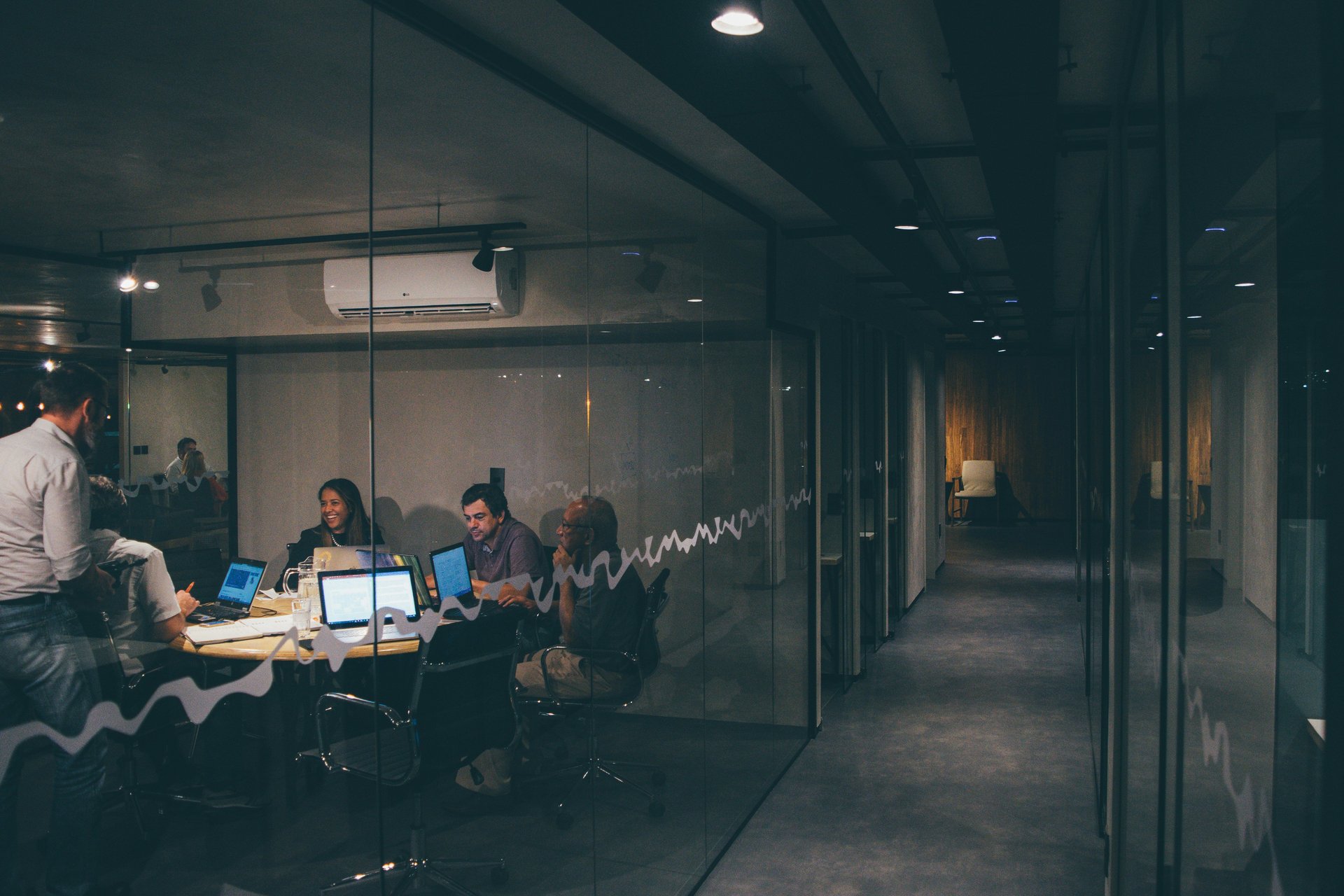8 genius ways people are using AI to cheat at work
AI is rewriting office rules. Discover eight clever hacks employees use to game productivity, fake skills, and outsmart workplace systems

AI is redefining the rhythms of modern work, reshaping productivity in ways few have yet to fully understand. What started as an efficiency revolution has quietly become an ethical gray zone. From marketing to management, AI now handles everything from client emails to creative strategy, often without anyone realizing the human behind the screen didn’t actually write a thing.
The incentives are clear. AI tools are faster, cheaper, and infinitely patient. Fast Company reports that 40% of Gen Z men admit to using AI to “cheat” at work by automating writing, analysis, and more. The result is a new kind of professional hustle: blending authentic output with algorithmic assistance, just enough to pass as one’s own.
Meanwhile, companies themselves are conflicted. McKinsey calls this the era of the “superagency,” in which employees empowered by AI can outperform traditional teams, if they use it responsibly.
However, the line between enhancement and deception blurs fast.
AI has slipped so naturally into workflows that most people don’t realize when they’re crossing it. Here are eight ways workers are secretly using AI to gain an edge. Sometimes brilliant, sometimes suspect, and always telling of how modern labor is changing.
2 / 9
Passing off AI-written text as original work

Elin Melaas / Unsplash
Many workers use AI writing tools to draft reports, emails, and proposals, and then submit them as their own. Fast Company found that AI-assisted ghostwriting is now a common workplace hack among Gen Z employees. Atlassian confirms that AI writers can automate content creation to “help stimulate your creative process,” though in practice, that process often gets skipped entirely.
3 / 9
Letting AI brainstorm and pitch ideas

Mario Gogh / Unsplash
AI tools can now generate creative concepts, ad campaigns, or presentation ideas that employees later claim as their own. Winsome Marketing notes that marketers are leaning on AI for idea generation, data interpretation, and audience insights, under the guise of originality. What looks like spontaneous genius may just be an algorithm’s recycled inspiration.
4 / 9
Using chatbots to fake professional empathy

Boliviainteligente / Unsplash
Customer service and management roles increasingly rely on AI to craft empathetic responses. Yet, while AI can mimic empathy, it doesn’t understand it, according to MIT Sloan. Workers use it anyway, allowing bots to compose tactful replies or de-escalate conflicts, making emotional intelligence another area of automation. Five star rating? Perhaps.
5 / 9
Automating performance metrics

Vitaly Gariev / Unsplash
Employees are now using AI to boost productivity scores and time tracking. McKinsey notes that AI superagents can complete routine tasks at unmatched speeds, often producing data trails that make human output appear superhuman. When efficiency itself becomes the metric, even a well-timed prompt can count as cheating.
6 / 9
Outsourcing data analysis to AI dashboards

Myriam Jessier / Unsplash
Some employees use platforms such as Tableau to analyze complex datasets, and then present the insights as if they ran the models themselves. Tableau highlights that AI can reveal hidden patterns and trends that once required specialized skills. What used to take hours of human analysis now takes seconds of strategic prompting.
7 / 9
Faking coding skills with AI assistants
.jpg)
Christopher Gower / Unsplash
Developers increasingly rely on AI coding partners to solve problems or write snippets. While productivity skyrockets, the illusion of technical mastery follows. MIT Sloan research shows that AI tools can dramatically enhance skilled workers’ output, but they can also disguise inexperience when used without oversight.
8 / 9
Delegating meetings to AI note-takers

Jakub Zerdzicki / Unsplash
AI tools now transcribe, summarize, and even generate follow-up actions for meetings, sometimes without attendees fully participating. Winsome Marketing reports that these assistants streamline workflows, but in practice, they also allow disengaged workers to appear fully present. The ultimate passive performance hack: letting AI attend so you don’t have to.
9 / 9
Reverse-engineering performance reviews

Vitaly Gariev / Unsplash
Some employees are using generative AI to tailor self-assessments and project summaries based on previous positive feedback. McKinsey’s superagency framework suggests that AI can enhance human output through personalized data loops, but in the wrong hands, that insight becomes manipulation. AI doesn’t just make you look smarter. It can make you seem like your best self on demand.
Read more: Is the AI boom actually a bubble? Here’s everything you need to know
